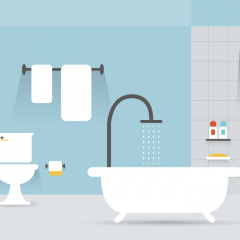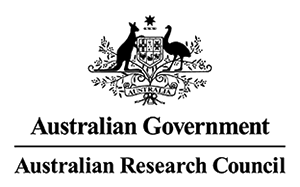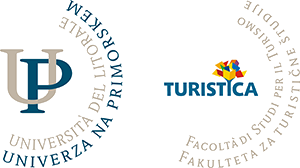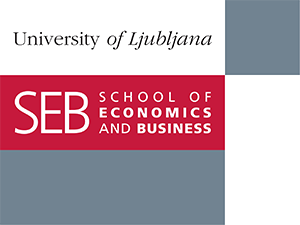Low Harm Hedonism videos
How tourism businesses can reduce their environmental impact
Tourism and the environment
To a holidaymaker, a tourist experience is often about fun and relaxation, but from a business perspective, the tourism industry is a heavy hitter. The size and growth of the industry is responsible for 1 in every 11 jobs worldwide, and contributes 10 per cent to global GDP – an economic contribution that is critically important to many nations around the world, including Australia.
The celebrated economic contribution of the tourism sector comes as a substantial environmental cost. The industry generates eight per cent of all global greenhouse emissions and contributes up to 12.5 per cent towards global warming.
Tourism also produces more than 35 million tons of solid waste annually – a staggering amount. At an individual level, catering to a single guest for one night requires, on average, 300 litres of fresh water.
The challenge for tourism and hotel operators is how to reduce their environmental footprint without affecting guest satisfaction or their bottom line.











